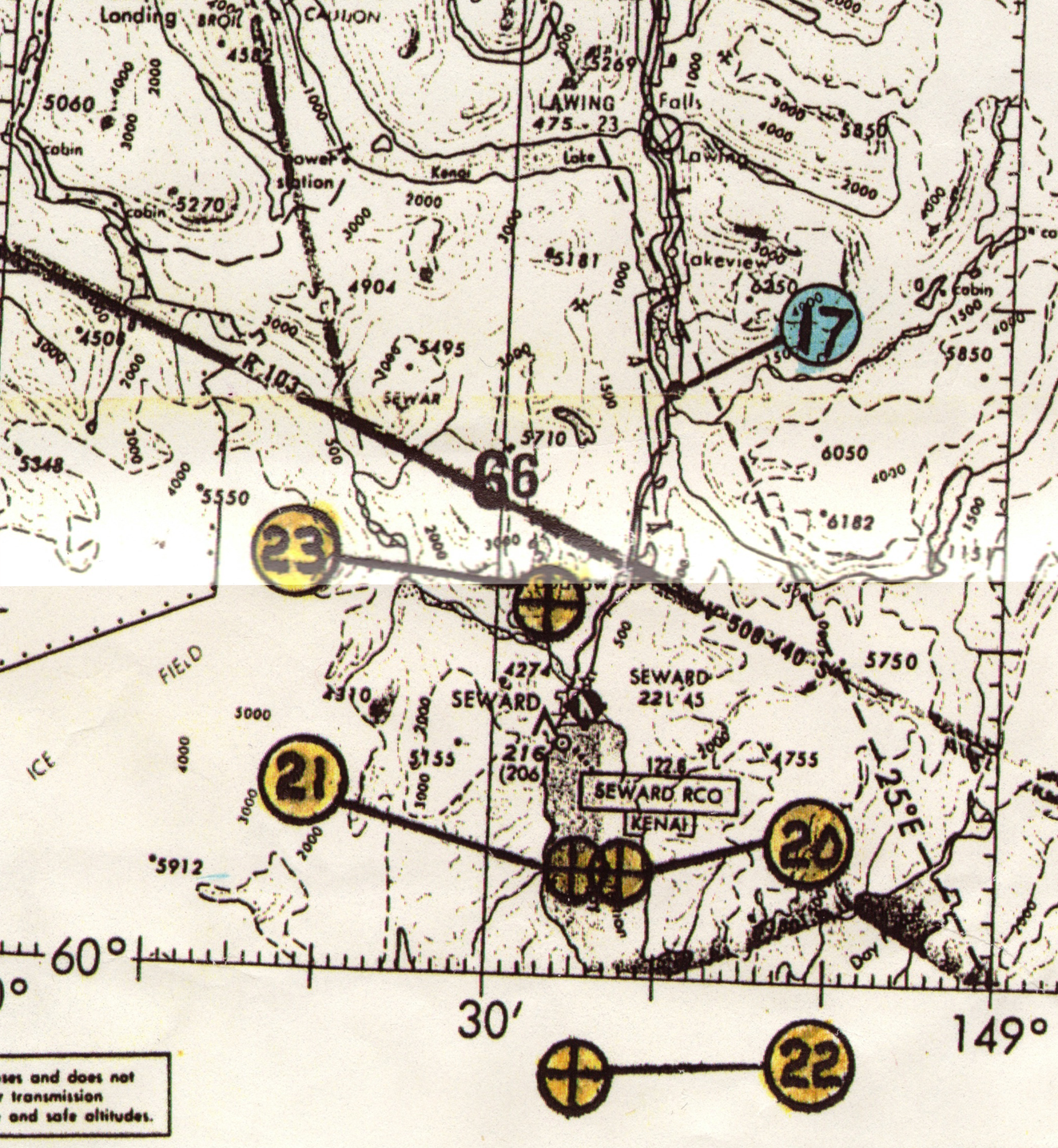Toni Lister was reported missing in Seward, Alaska, on March 7, 1982. Her body was found a month and a half later. An autopsy showed she had been sexually assaulted and brutally stabbed 26 times with a Phillips screw driver.
Nine months later, on October 26, 1982, Robert Hansen was arrested on kidnapping and rape charges — and later confessed to the brutal murders of four women in Alaska, although the known death toll is much higher (at least 17 victims). In the final days and months of his killing spree, according to autopsy reports, Hansen had gone into a frenzy of violence, not only shooting the women, but stabbing them multiple times. When asked about the Lister murder by Alaska State Troopers, however, Hansen denied it.
It wasn’t until 2007 that cold case investigators made an arrest in Toni Lister’s murder. The man they arrested was not Robert Hansen. They instead arrested Jimmy Lee Eacker, a trade school friend of Lister’s husband. He had been an early suspect.
Is it possible that police have the wrong man?
Let’s be clear. Jimmy Eacker is no choirboy. He has an armed robbery conviction. He’s a registered sex offender. At his 2007 trial, at least two witnesses testified that he’d raped and threatened violence against them during the ’80s. He acknowledged he’d had sex with Toni Lister on the night in question. Beyond that, he claims he can’t remember killing Toni Lister because he was high on mushrooms.
To complicate matters, the critical DNA evidence in the case — the DNA that tied Eacker to Lister’s murder — was seriously compromised. More specifically, it was contaminated to the point where more than one person’s DNA was found. Several factors were involved, including sloppy lab work. The judge, upon learning of this, threw out Eacker’s conviction and ordered a new trial.
That’s where the maps come into play.
When Hansen was arrested, troopers found aviation maps at his home with hand-drawn markers on them. Those markers later proved to be spots where Hansen victims would be discovered. Once troopers started unearthing bodies, Sgt. Glenn Flothe created a parallel aviation map, marking spots that Hansen had “missed.” Flothe also color-coded his map, with blue marks for victims Hansen acknowledged killing, yellow for those he denied.
There are key differences between those two maps. Flothe’s map has more markers than Hansen’s. Including one very near where Toni Lister’s body was found (#23) — a marker missing from the Hansen map.
Glenn Flothe’s cryptic note about #23? “Denied.” Indeed, the Flothe map shows that Hansen claimed only one of the Seward markers represented a victim. The sole exception was Joanna Messina (#17), whose body was found in… 1980.
So by his own admission, Hansen had been in the Seward area as late as 1980 — and routinely visited Seward in the ’70s, during which time police have evidence of at least one kidnapping and rape (1971). There are also two very suspicious Seward disappearances (1973, 1975) that Hansen denied; suspicious because Hansen was known to be in Seward both times. Troopers speculate that Hansen denied those presumed murders because the victims weren’t prostitutes.
Could Robert Hansen have killed Toni Lister? Yes. Could Jimmy Lee Eacker have killed Toni Lister? Yes. Anyone else? Maybe.
The lesson? If you are going to go cold-casing, don’t cut corners on the lab work required to pinpoint the DNA. After thirty years, memories go bad. DNA evidence is not always perfect or pristine, but carelessness in the lab can be prevented.
AST Version of Hansen’s Flight Map (portion)

Hansen’s Flight Map (portion)
